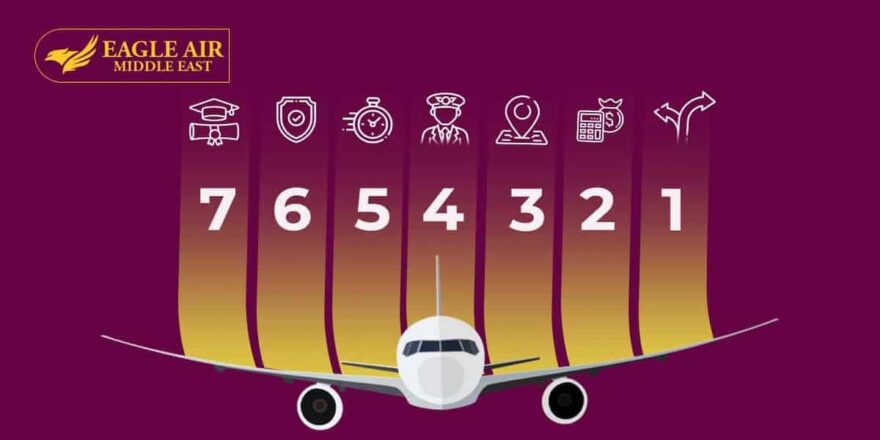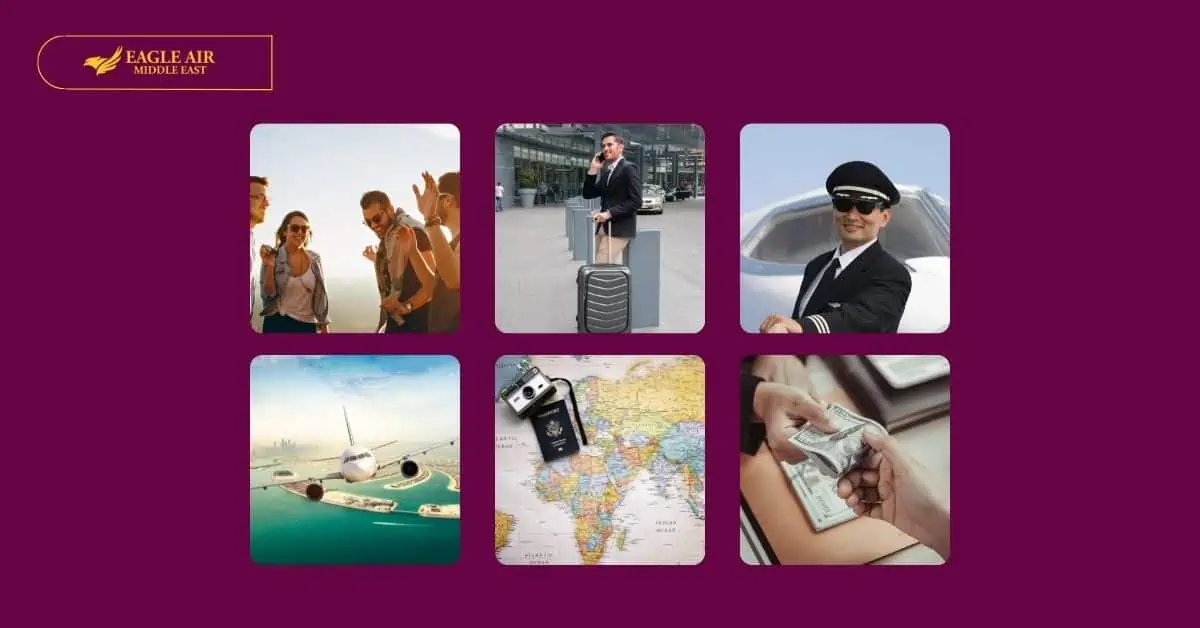Choosing a flying school is a difficult decision to start with but, There are some key factors that you should consider which will help you to select the appropriate flight school. If you are lucky enough to live near several multiple flying schools, and there are a variety of options, choosing the right one can be confusing. Selecting a professional flying school is a decision worth thinking about.
Before choosing a flying school, you should be careful about the training environment, trainers, aircraft, and quality of training to find out the optimal choice. If you are ready to start flying training but not sure of where to start, think about these seven steps well.
1. Type of “flight”
know the type of flight you want to learn, cause there is no single route for all pilots. For example, plane training that teaches you how to fly in scenic low-altitude scenic environments will be very different from practice that focuses on trans-Atlantic commercial flights.
2. Cost of training
Money is essential when choosing a school, but the most important, that we don’t just look at the total cost, as much as the benefits. For example, the prices of some schools do not include some flying hours, and it is not the best option, because having enough flying hours while studying will increase your performance as a pilot.
3. Location
It means searching for a flying school close to where you live or move around the country and start a delightful adventure during your career. A second aspect related to location is the weather. Locating with different forms of weather can lead to invaluable learning experiences, as you will be confident to fly in many different conditions.
4. Coaches
Think about the performance and background of potential trainers, regardless of the trainers’ experience and qualifications. Check the number of pilot trainers at a flying school. The availability of teachers is one of the main factors of rapid and accurate learning, and the insufficient number of trainers leads to backward classes, rescheduling, or skipping exercises. It will ultimately affect the duration and quality of your education. All of these factors consume more money and time.
5. Timing
A second important aspect of choosing a flight school is its scheduling policies and procedures. If you are going to complete training on a part-time basis cause you have other responsibilities, ensure that the flying school can accommodate your schedule. If you are going to be a full-time student and want to complete your training as soon as possible, discuss this with the flying school to make sure it has enough staff and equipment to accommodate that.
6. Safety
One of the best ways to find a right flying school is to contact the nearest flight standards office or a local certified examiner to ask him about local flying schools. Although Federal Aviation Administration examiners do not give you specific details about training programs, they will be familiar with “good” and “bad” schools in the area. If the flying school has a history of violations or aircraft crashes, you must know it before investing time and money into it.
7. Support after graduation
After completing the training and obtaining the appropriate qualification, the primary focus may be to become a pilot, and this is a good thing. Still, you should know that the quality of education and support you receive after graduation can make a difference in your career.
Finally, choosing the right flying school is a critical decision. Spending your time and following these steps will make the whole educational process less stressful and more enjoyable.



